-Lesson 59: Spread Tri-tone

I thought it might be nice to work with a variation on Lesson 1 (Spread Triads) – In this exercise we play spread major triads a tri-tone apart, a sound which will work nicely over a dominant 7th chord with

Free Jazz Education and Music

I thought it might be nice to work with a variation on Lesson 1 (Spread Triads) – In this exercise we play spread major triads a tri-tone apart, a sound which will work nicely over a dominant 7th chord with
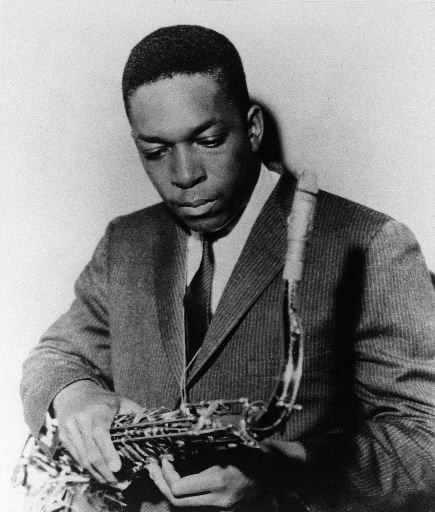
Here’s an intervallic diminished sequence that I wrote while in Leipzig on a short avant-garde tour in the late 90’s. We had many long days of doing nothing before the sound check and gig so I composed this short melody

Oftentimes, as a single note improviser, it is difficult to recognize harmonic tensions by ear. For example, when playing just an A natural, it sometimes challenging to hear that note as a 13th on a major #5 chord or as

This is a very simple melody that clearly outlines the major 7 sound (with a passing natural 11). First learn to sing the melody in one key to get familiar with the sound and help internalize the phrase. Singing is
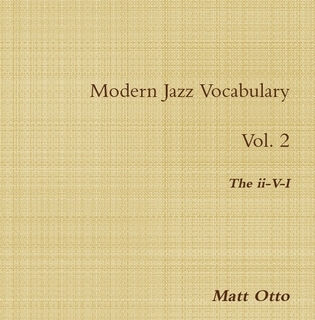
The second volume of Modern Jazz Vocabulary is finally done. I made some changes in the books format based on a lot of the feedback I got from people about vol. 1. This book is bigger in size but should

This exercise is a (second) example of using a harmonic minor scale to create a melody over a minor ii-V-i progression. To do this we use the harmonic minor scale of the i chord. For example in a D-7b5 (ii),
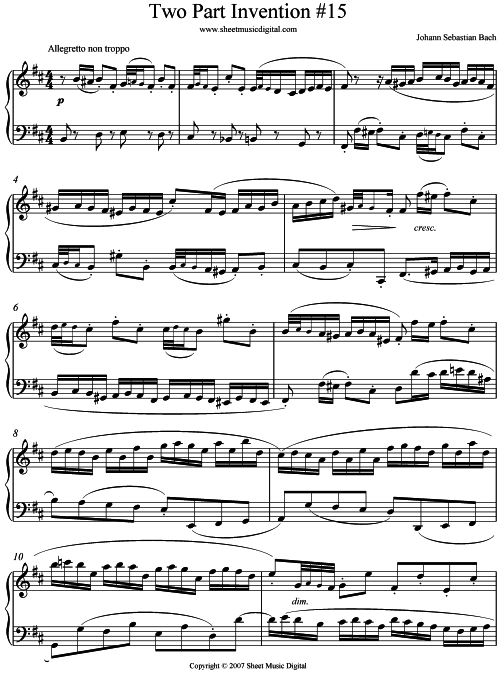
Here’s another beautiful melody from the Bach 2 part inversions that comes from the harmonic minor scale. In this lesson I sing the phrase in one key (concert Ab minor) and then play it through all 12 keys. I really

This is a melody taken from the harmonic major scale. The b6 mode of harmonic major outlines a major 7 chord with a #5, a #9 and a #11. The melodic line starts with a simple “shell voicing” (the root,
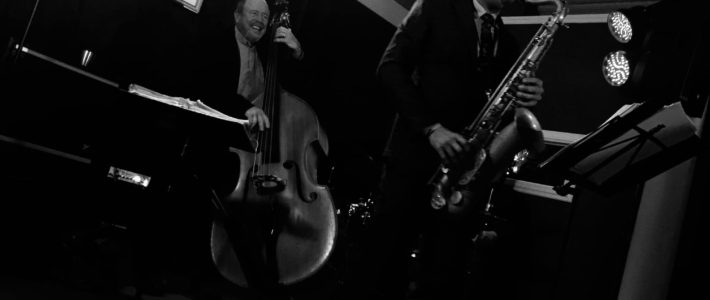
This is a short etude I wrote over the chord changes to My Shining Hour in concert C. The etude utilizes a lot of modern-ish concepts in terms of rhythmic groupings and harmonic/triadic substitutions. You’ll find several uses of #9

This is exercise works as a supplement to my book “Jazz Vocabulary Vol. 1 Harmonic Major” or on its own. There are three mp3s for this scale practice below, one at 40bpm, one at 80 bpm and one at 160bpm.
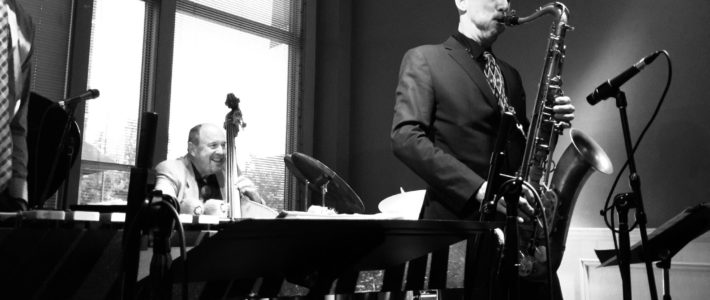
Here’s a short melody I worked out using minor 3rds descending by half steps. It works well as a V7 to i minor cadence and after the descending minor 3rd passage I added a short 5 note minor melody to

Using unusual modes from scales can help produce some interesting melodies. This major #9 #11 melody comes from the 6th mode of harmonic minor (i.e. Ab to Ab from C harmonic minor). This mode is a wonderful substitution for Lydian